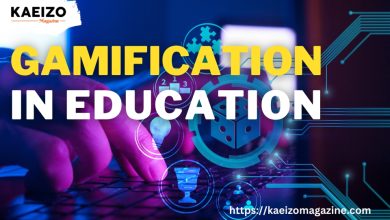
For Classes 9 through 12, the Central Board of Secondary Education (CBSE) has suggested conducting a pilot study to see if open-book examinations are feasible.
at November and December, a trial programme involving topics such as English, Mathematics, and Science for Classes 9 and 10, and English, Mathematics, and Biology for Classes 11 and 12, will take place at a few chosen schools. The National Curriculum Framework (NCF), which was published last year, served as the basis for the evaluation format that the CBSE suggested.
The Board hopes to learn more about how long it takes pupils to finish these kinds of exams and get input from both instructors and students through this pilot programme. The CBSE has asked Delhi University for assistance in designing and developing the pilot test, which is scheduled to take place in June.
What is an open book exam?
Students are permitted to use own books and notes to help them answer questions on an open book exam (OBE).
OBEs come in two varieties: confined and free. In a restricted open book assessment, the only study materials permitted by the body in charge of administering the test are those that have been authorised. Students are welcome to bring any relevant materials they discover for a free type.
Are open book exams easier?
In contrast to what the general public believes, open-book exams are not simpler than traditional exams. They are intended to assess knowledge that goes beyond definitions and facts.
As opposed to a regular test, questions for an open book exam cannot be straightforward, therefore creating questions for it might be difficult for teachers as well.
Why has CBSE proposed the open book exam now?
The suggestion from the CBSE is consistent with the more extensive changes to the educational system that are being proposed. The National Education Policy 2020 does not specifically address open book exams, but one of its main recommendations is to switch from rote memorization to competency-based learning. For example, through a hands-on activity, a student should be able to illustrate photosynthesis and how sunlight affects plants in addition to learning about the idea.




